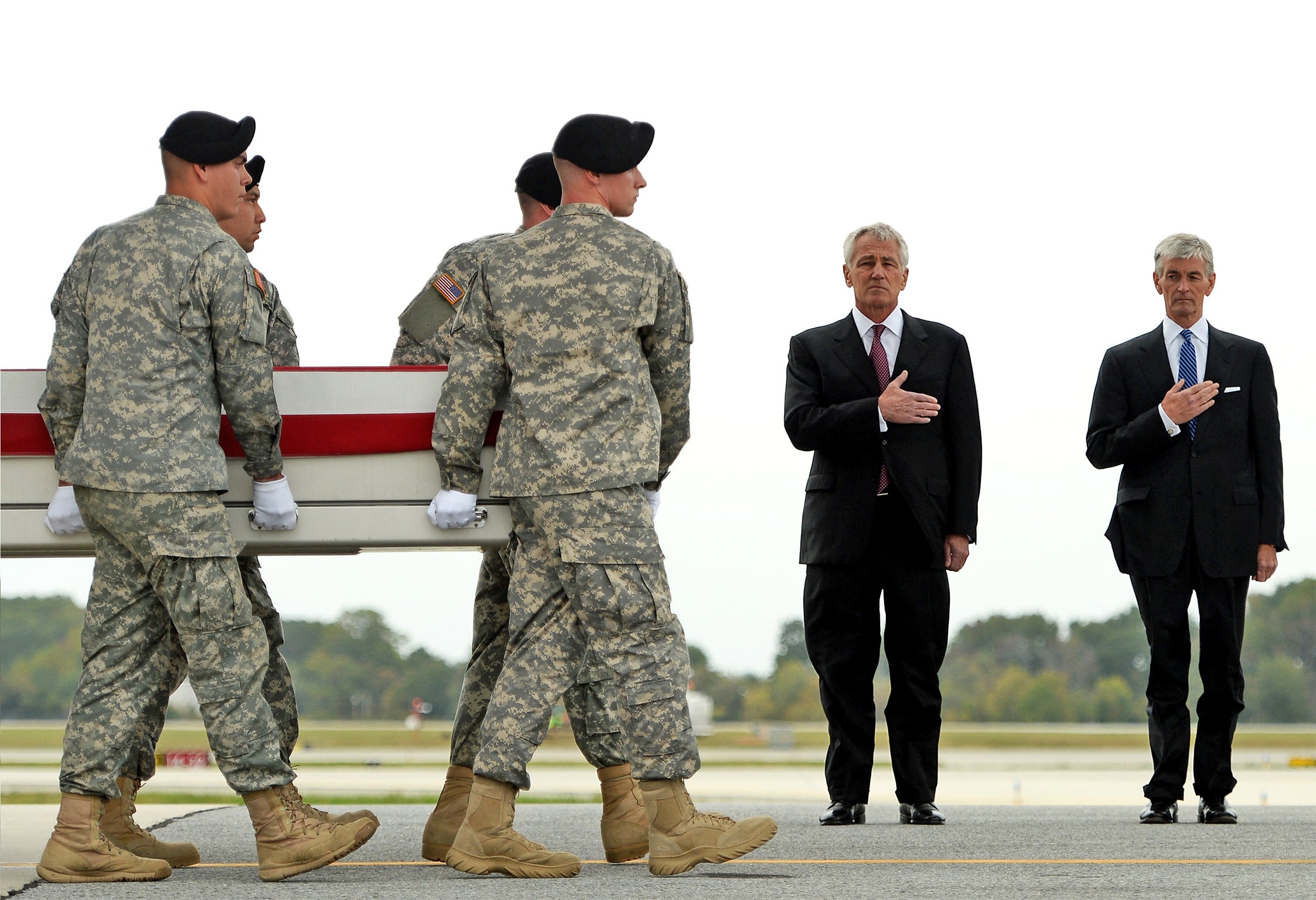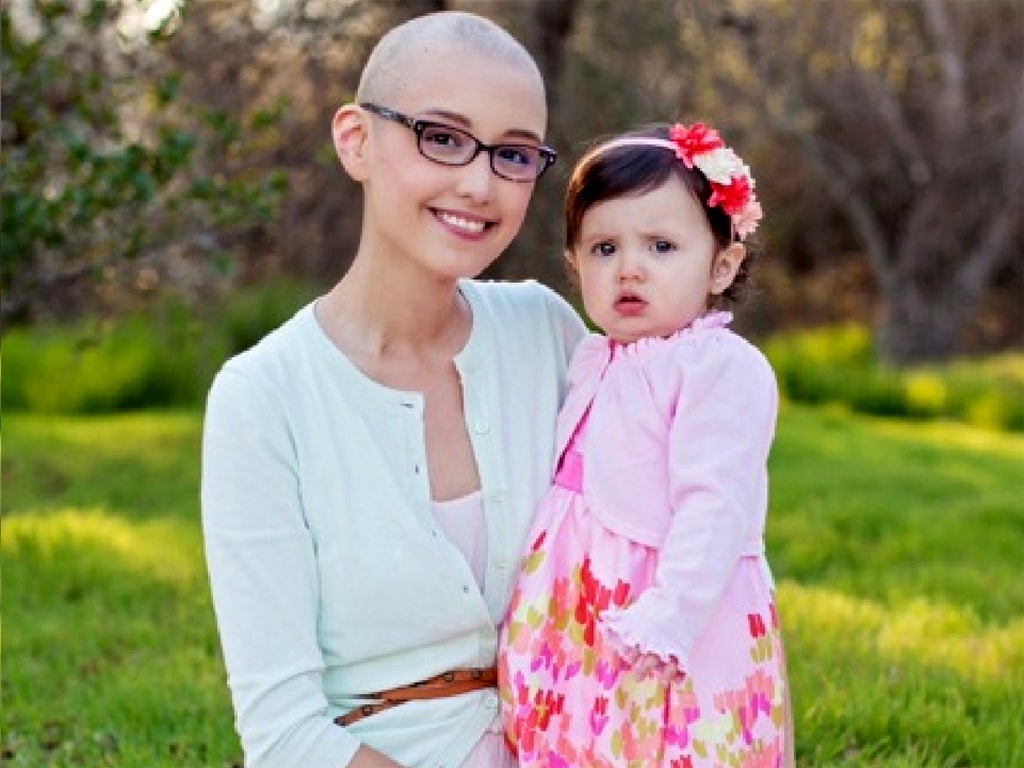‘This is a matter of life and death...’ Americans feel the shutdown start to bite
Vital services affected as Congress gridlock enters tenth day

Your support helps us to tell the story
From reproductive rights to climate change to Big Tech, The Independent is on the ground when the story is developing. Whether it's investigating the financials of Elon Musk's pro-Trump PAC or producing our latest documentary, 'The A Word', which shines a light on the American women fighting for reproductive rights, we know how important it is to parse out the facts from the messaging.
At such a critical moment in US history, we need reporters on the ground. Your donation allows us to keep sending journalists to speak to both sides of the story.
The Independent is trusted by Americans across the entire political spectrum. And unlike many other quality news outlets, we choose not to lock Americans out of our reporting and analysis with paywalls. We believe quality journalism should be available to everyone, paid for by those who can afford it.
Your support makes all the difference.For many people in the US, the first week of the government shutdown has caused no more inconvenience than a cancelled trip the zoo. But as Congress continues to fail in resolving its differences, the consequences for those beyond Washington are growing ever starker, and to some the shutdown – now in its 10th day – is a matter of life and death.
That’s the case for Michelle Langbehn, one of an estimated 200 patients each week who are being denied the opportunity to undergo clinical trials at the US National Institutes of Health (NIH). Last year, aged 29, Langbehn was diagnosed with a rare variety of cancer, and has since been through nine cycles of chemotherapy.
In search of an alternative, she recently signed up for the trial of a promising new drug with the NIH, but the shutdown has prevented her treatment going ahead. “Lives are at stake,” Ms Langbehn told The Washington Post. “This isn’t just a matter of inconvenience. This is a matter of life or death… There are 200 people that are trying to get into clinical trials each week.”
The shutdown has also had a broad impact on public health, after an outbreak of salmonella was this week traced back to three chicken farming facilities in California. Some 278 people across at least 17 states have already fallen ill, and 42 per cent of those affected have been taken to hospital.
Yet the US Centres for Disease Control (CDC) was unable to adequately monitor the outbreak at its outset, because the shutdown had forced the closure of PulseNet, a national network linking public health laboratories, designed to spot and trace the spread of food-borne illnesses.
Seven of the eight staff who man the system had been sent home. Since the outbreak was identified, the CDC has reportedly called back several of the workers furloughed from its foodborne division.
A majority of the nation’s estimated 800,000 federal workers remain on leave. Many are expecting a pay cheque tomorrow, which, if the gridlock in Washington goes on, may be their last for some time. Due to the timing of the shutdown, tomorrow’s wage packet will contain no more than 60 per cent of their normal pay – and many federal workers were already forced to cut back following sweeping budget reductions, known as sequestration, which led to widespread unpaid leave periods earlier in 2013.

Over the weekend, the House of Representatives voted unanimously to ensure that all furloughed workers would receive back pay when the shutdown comes to an end, though that bill is presently stalled in the Senate.
Colleen Kelley, president of the National Treasury Employees Union, that represents around 150,000 federal employees, said the effects of the delay in pay would nonetheless be “devastating” to her members. Ms Kelley told Bloomberg, “Their mortgage isn’t cut in half – their rent, their food, their utility bills aren’t cut in half. They are middle America. They are like most other Americans who live pay cheque to pay cheque.”
Among those sent home at the start of the shutdown were people at the forefront of the US national security apparatus, and the CIA revealed on Tuesday that it would bring back some of its employees because of concerns about the “potential adverse cumulative and unseen impact on national security” caused by the shutdown.
In a statement, the agency’s director John Brennan said that a significant portion of his workforce was on hiatus, and he would recall those necessary to “core missions”, including foreign intelligence collection, analysis, covert action and counter-intelligence.
The Director of National Intelligence, James Clapper, reportedly authorised the recall of workers at several other intelligence agencies, too, after he testified at a hearing last week that the extended furloughs were having an “insidious” effect on those agencies’ operations, leaving the US increasingly vulnerable to threats such as terrorist attacks.
Meanwhile, the Pentagon has welcomed almost all of its 350,000 civilian employees back to work, with the Defence Secretary, Chuck Hagel, citing a recent law that suggests those workers are critical to national security.

That will come as little comfort to the families of five soldiers killed in Afghanistan last weekend, who, because of the shutdown, will receive neither death benefits or the money to fund their funerals. Four died in an attack in Kandahar Province on Sunday: Sgt Patrick Hawkins, 25; Private Cody Patterson, 24; Sgt Joseph Peters, 24; and First Lieutenant Jennifer Moreno, 25. A fifth, 19-year-old Lance Corporal Jeremiah Collins, was killed in a separate incident in Helmand on Saturday.
Under normal circumstances, their families would each receive $100,000 (£63,000), as well as burial benefits and a 12-month housing allowance. Yet during the shutdown they will have to pay their own way even to meet the soldiers’ bodies as they return to the US.
If the US is concerned about its military personnel overseas, it should also be worried about its dwindling international prestige in other areas.
On Monday, a trio of American scientists were awarded the Nobel Prize in Physiology or Medicine. Collectively James Rothman, Randy Schekman and Thomas Sudhof answered the crucial question of how cells produce molecules, and how they move those molecules around. Their work was funded to the tune of $49m by the NIH, which, as Michelle Langbehn learnt to her dismay, has furloughed most of its staff.
Speaking to The New York Times, NIH director Dr Francis Collins asked, “How many potential future Nobel Prize winners are struggling to find research support today, or have been sent home on furlough?”
House Republicans aside, there is one small group for whom the shutdown has a silver lining: skateboarders. The Wall Street Journal reports that following the 11 September attacks in 2001, a security crackdown kept skaters from the stone steps of Washington’s federal buildings. With “non-essential” federal staff on furlough, however, skaters have returned to the city’s plazas and monuments.
Join our commenting forum
Join thought-provoking conversations, follow other Independent readers and see their replies
Comments